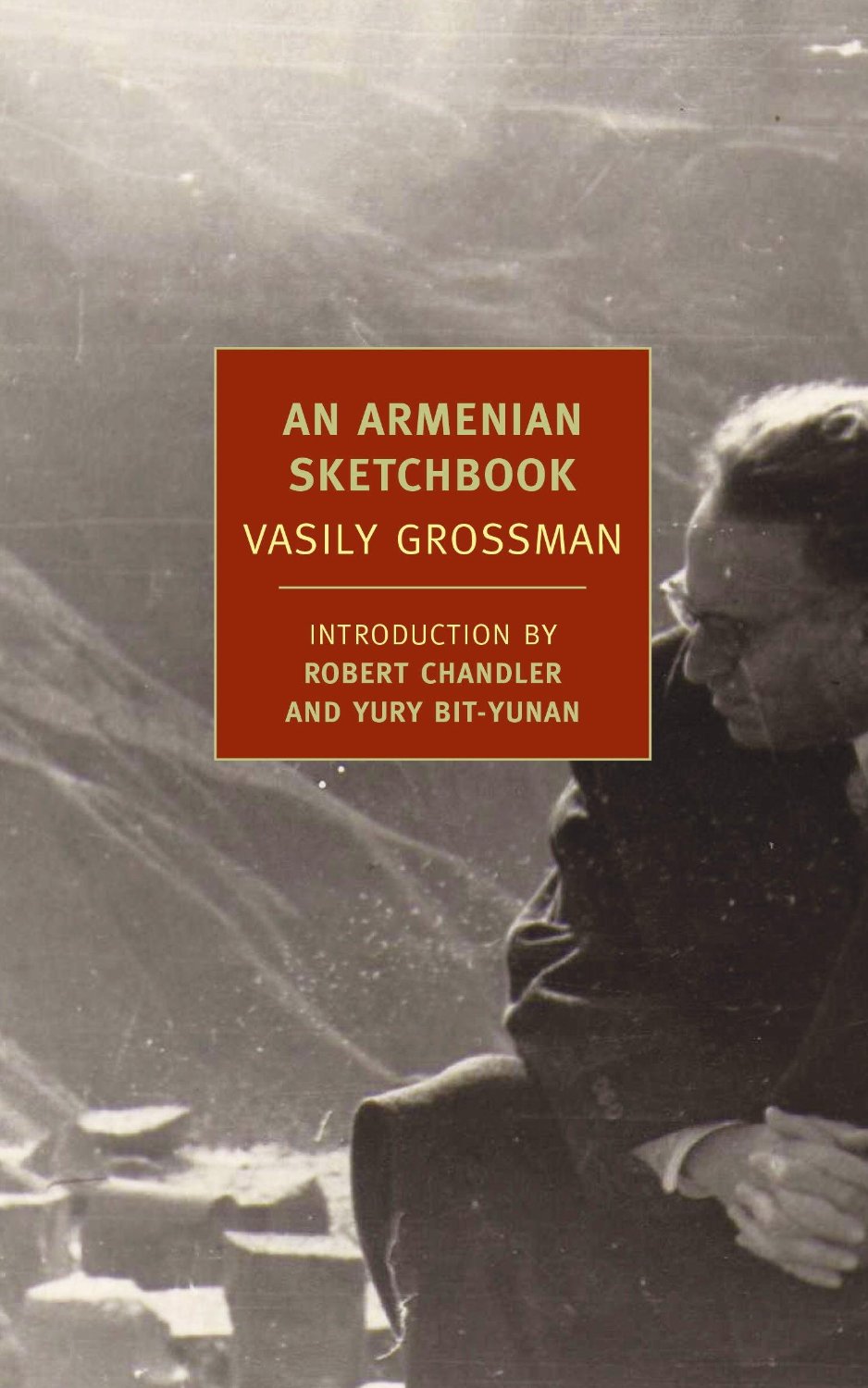Chimes at Midnight (dir. Orson Welles)
By Caitlin Brady
—
Largely unavailable since its premier in 1966 due to a tangle of rights issues, Orson Welles’ last Shakespearean film, Chimes At Midnight, returns to the screen this month at Film Forum with a new restoration by Janus Films. While many consider Citizen Kane to be Welles’ finest film, Welles said of Chimes: “If I wanted to get into heaven on the basis of one movie, that’s the one I would offer up.”
Following his Shakespearean adaptations of Macbeth (1948) and Othello (1952), Chimes is a fusion of the Henriad cycle (“Richard II,” “Henry IV,” and “Henry V”), with some dialogue from the “Merry Wives of Windsor.” The script’s patchwork nature derives primarily from Welles’ lifelong obsession with the character of Sir John Falstaff: the ever-drunk, often merry and impressively fat hedonist companion to the rebellious young heir, Prince Hal.
I’ll confess I did not review the Henriad plays before viewing, and at times worried that one coffee was insufficient to focus me through some of the quicker and thicker Shakespearean jabs and tirades. Even so, the stark black and white rotation of Henry IV’s castle, Falstaff’s tavern, and the snow-strewn woods (all locations in Spain), provided a sense of visual clarity, as well as created a melancholic tone of winds shifting, times changing, and while asceticism looms, the bittersweet rebellion of a party’s final hours. Though pressured to use color, Welles shot in black and white for a number of reasons: not only was it less expensive, but Welles also believed it better captured the rawness of his actors without makeup. Most importantly though, Welles wanted the stark style to echo the film’s narrative lament for “the death of Merrie England… the age of chivalry, of simplicity, of Maytime and all that.” After each nightly bacchanal at the tavern, Falstaff and his cohorts awake again in the morning to the same threats of unrest and brutality, especially as Harry Percy or “Hotspur” (Norman Rodway), quietly plots an insurrection against King Henry IV (John Gielgud). The blend of nostalgia for yesteryear with anxiety for tomorrow provides the fuel for Falstaff’s unending parties, and his merriment is less a disposition and more a choice—merry in spite of poor health, a lack of cash, and the imminent threat of war. Falstaff’s ethos, a kind of Shakespearean #YOLO, appeals to prostitutes, passing wanderers, and young royals alike as a transient but preferable state to the punishing reality of medieval life. Only Falstaff, the Dionysian anchor of it all, believes it can last.
Welles’ obsession with the character of Falstaff began while he was still a student at Todd Seminary for Boys in Woodstock, Illinois. In an ambitious effort to streamline Shakespeare’s histories for the school theater, Welles played Falstaff for the first time, and went on to reprise the character several times throughout his career. Welles later explained in a 1966 Sight & Sound interview that he believed Falstaff was “the greatest conception of a good man, the most completely good man, in all drama.” Falstaff as bon vivant in the extreme social and political upheaval of late-medieval England seems to mirror Welles’ own status as artist amid the radical shifts and consequences of World War II, where dualistic morality blurred in the public imagination and artists sought to express the pervasive uncertainty of a new era. As a film of the late 1960s, Chimes savors the simplicity of Merrie England’s traditional chivalric values, but not without underscoring the changes that rendered them obsolete.
The film’s central thread is Falstaff’s relationship with Hal, who while called to serve his father the king, prefers to keep scurrilous company with Falstaff. The ultimate test of their bond arrives in the Battle of Shrewsbury scene. I appreciate battle scenes of all shapes and sizes (save the purely gratuitous) but there’s an art to them and this sequence defines it. Welles pans across skeletal shadows as knights in bright armor are hoisted up on trapezes to mount their horses, drums beating in the distance. The rebels charge, the king’s army advances, and two walls of horsemen clash in an otherwise silent countryside, punctuated until now by an occasional snow. I sipped my coffee and thought, “Guns are lame. This is the real shit.” Part of why it’s the real shit is that this sequence, comprised of more than 200 shots, doesn’t vaunt heroism—rather Welles increases its chaos by frequent cuts to wild-eyed horses whinnying and wounded; men trampled as they lie in the mud; and Falstaff wandering around in plus-size armor half-lost, half-seeking Hal in the melee. Countless stories hinge on the pivotal moment of a father figure looking at son figure across some variety of scorched earth and asking, in so many words, ‘we still cool?’ While the relationship between Falstaff and Hal continues to unfurl with subtlety and eloquence beyond this, and though it’s difficult(ish) to spoil Shakespeare, the answer is: not really.
Chimes presented unique directorial challenges for Welles, who by this point was wary of the Hollywood studio system. With the benighted final cut of The Magnificent Ambersons singed in his memory, Welles scouted funds for Chimes internationally, and only received money by promising to direct an adaptation of Robert Louis Stevenson’s Treasure Island – a promise he never planned to, nor ever did, make good on. The consistent gaps in funding made producing Chimes a long, improvisational process, and Welles spent months cutting and dubbing the final version. An early and influential negative review from the New York Times, limited distribution in the US, and no official studio VHS or DVD release ultimately pushed the film into obscurity.
It makes sense why logistically Chimes at Midnight remains hard to see, but it also makes sense why artistically it was the film Welles most wanted to present. With a combination of nostalgia and grit, his performance luxuriates in Shakespearean English, commands the screen, and both rejoices and mourns the inescapable forces of change around him. As church bells can chime in celebration or toll in grief, Falstaff huddles by the fire in the pitch-black night, knowing that regardless of why the bells ring, midnight begins a new day.
“Chimes At Midnight” (116 minutes, black & white) now playing through January 12th at Film Forum
—
Caitlin Brady is an MFA candidate from Texas who writes fiction and humor. She studied screenwriting at New York University and collaborated with Animal Kingdom Films (It Follows, Short Term 12), on a feature-length script.




